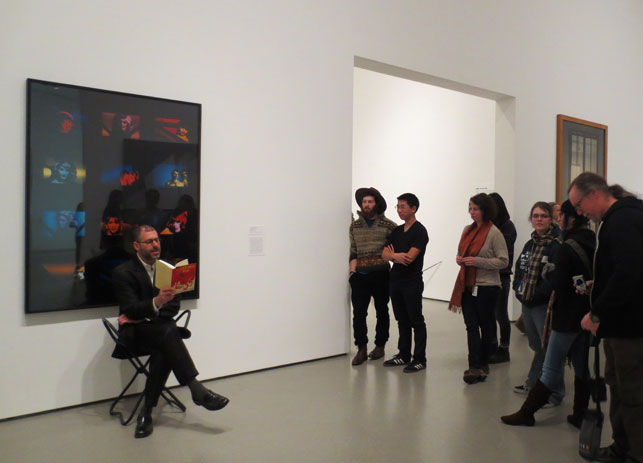My initial hypothesis before the process begun was that images would be more influential when
devising movement however through participation I have challenged my hypothesis
and come to a different conclusion. I was able to experience the huge amount of
choreographic ideas you can gain from just one word.
Liberty Festival 2009
Liberty Festival is an annual celebration of deaf and disabled arts.
Previous thumbnailsNext thumbnail
- Liberty Festival 2009
- Wandsworth Arts Festival
- Crowd pleasing: why carnivals in the South West are the winning cultural ticket
- Live streaming captures new audiences for South East arts organisations
- Building fundraising capacity: Circus Space
- Exploring the legacy of summer seafront spectacular Blink Margate
National portfolio funding
Find out more about combined arts organisations and the National portfolio.Combined arts practice increasingly reflects the way many artists want to work and audiences want to engage. Our aim is to support high-quality work and organisations that truly connect with people.
Combined arts will contribute to our Great art and culture for everyone goals and priorities by:
- pushing artistic and cultural boundaries across all artforms, for example Manchester International Festival, the Royal Opera House, the Lowry, Artsadmin
- bringing the creation, commissioning and programming of art into new contexts, offering audiences new experiences, for example Artichoke, Fierce Festival, the November Club
- building on the artistic and infrastructural legacy of London 2012, which has provided a springboard for some exceptional combined arts activity, such as Imagineer's Godiva Awakes and Kinetika's Imagination our Nation and other projects supported through Artists taking the lead and Unlimited
- developing high quality, ambitious art in a variety of outdoor spaces, carnivals and festivals, such as Stockton International Riverside Festival, Thames Festival and St Paul's Carnival, ensuring that a wide range of artists are given opportunities to create work for these environments
- playing a stronger, more influential role within touring in England through organisations such as the National Rural Touring Forum, Farnham Maltings and Crying out Loud, supporting, developing and co-commissioning a wider range of work to tour, reaching more and different places and people
- developing a flexible and creative approach to working with people in places that have low arts provision, finding new places and ways to programme art, for example Corby Cube, Hall for Cornwall, the Lawrence Batley Theatre in Huddersfield
- working in depth with communities that are less engaged in the arts. We want to see organisations such as TiPP (working within the community justice system), Heart n' Soul, Artlink and People United given a higher profile both within and beyond the arts sector
- making a strong contribution to the creative economy, for example the Southbank Centre, the Brewery Arts Centre in Kendal, the Inside Out Festival in Dorset. We want to see organisations develop stronger, deeper collaborations with partners both within and outside the arts so that their work is supported and valued by a much wider range of stakeholders
- offering more entry points into the arts for people from a wide range of backgrounds, with a route through to wider education and work opportunities, for example the UK Centre for Carnival Arts, Gem Arts, Milap Festival Trust
- giving more young people platforms to create and show their own work and developing the artists and arts participants of the future, for example Norfolk & Norwich Festival, the Roundhouse, Brouhaha, SPARK Children's Arts Festival in Leicester







